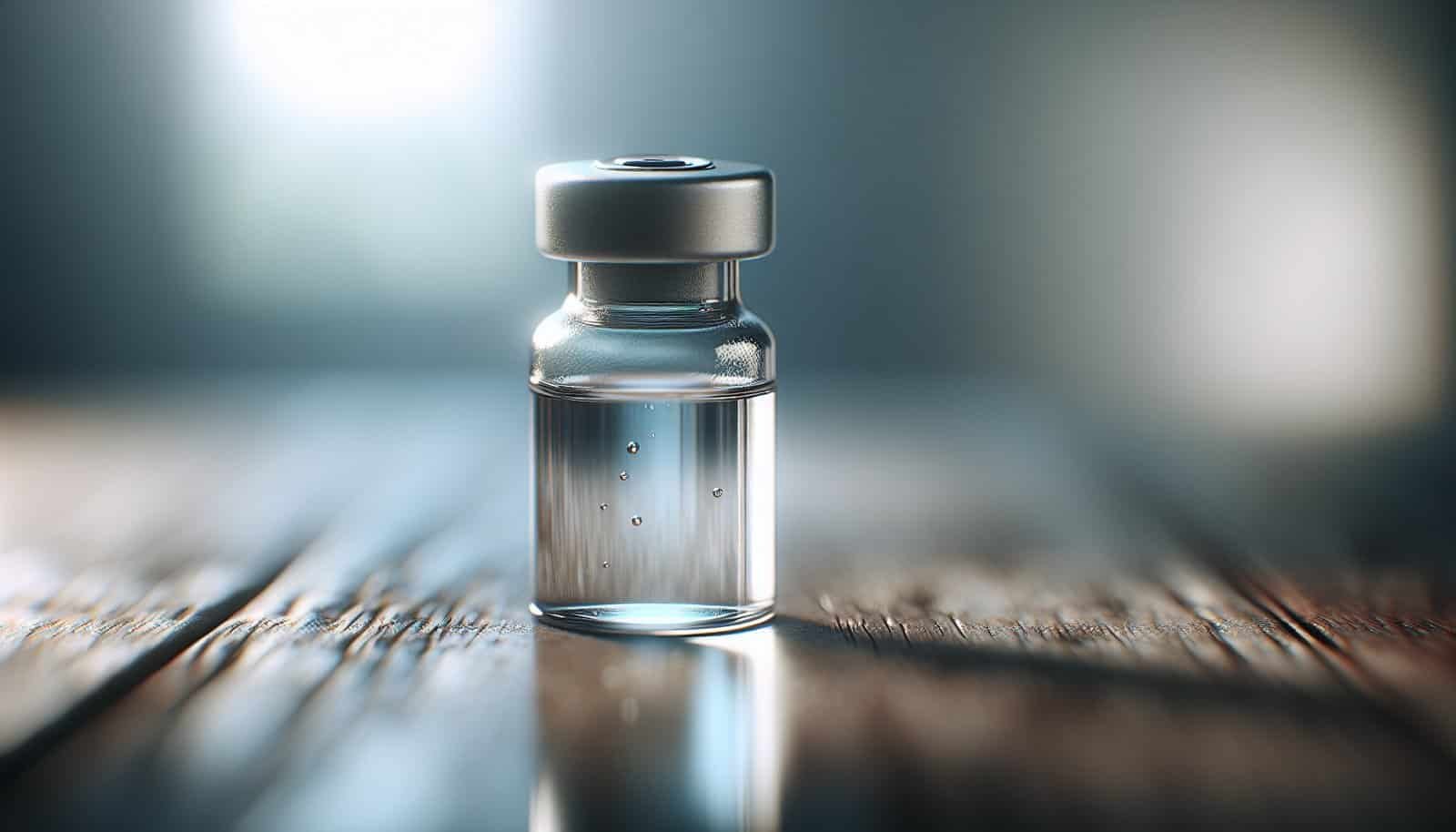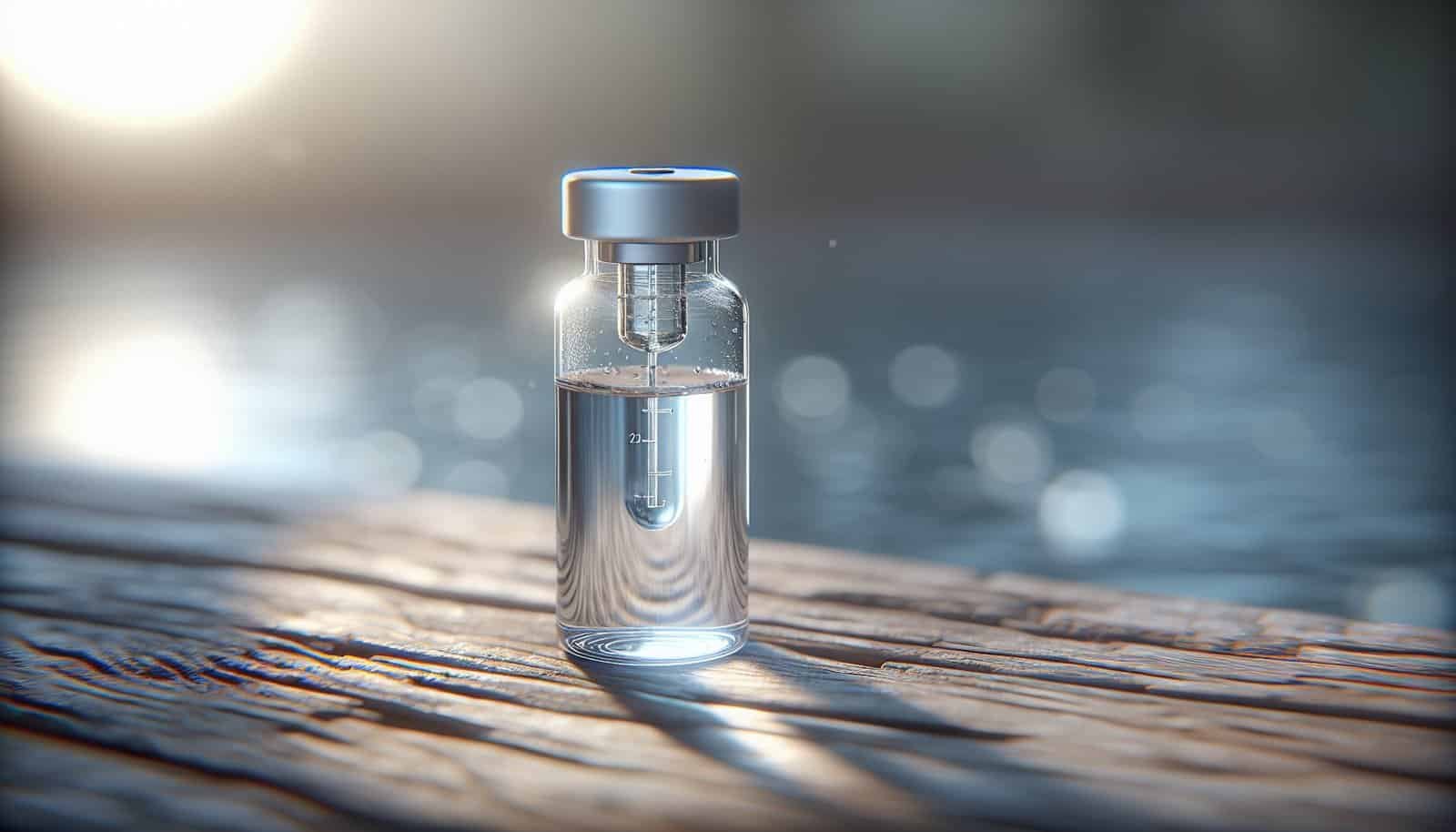?Are you confident the water from your residential well is safe for you and your family to drink, cook with, and bathe in?
Why testing your well matters
Your private well isn’t regulated by federal drinking water standards like a public water system is. That means the responsibility for making sure your water is safe rests with you. Regular testing helps you detect harmful bacteria, chemicals, minerals, and other contaminants early so you can treat problems before they affect your health or damage your plumbing and appliances.
When you should test your well
There are several times when testing becomes particularly important. Testing on a routine schedule catches slow-developing changes, while event-driven testing responds to higher-risk situations.
- When you first get a new well or when you move into a home with a well.
- At least once a year for basic bacterial and nitrate tests.
- Every 3–5 years for a broader chemical and mineral panel.
- After major repairs, pump replacement, or well casing work.
- After flooding, heavy rains, or surface water pooling near the wellhead.
- If you notice changes in taste, color, odor, or water pressure.
- If someone in your household is pregnant, nursing, elderly, or has a weakened immune system.
- Before buying or selling a property with a private well.
- After nearby septic system work, fuel/oil spills, pesticide application, or livestock confinement changes.

Who should do the testing
You have options, but accuracy matters.
- Certified laboratories: Use state-certified or accredited labs for reliable, legally defensible results. Your state health department can give you a list.
- Local health departments: Many will accept samples or provide testing services and guidance.
- Private contractors: Some water treatment or environmental firms collect samples and send them to labs for you.
- DIY test kits: These can be useful for quick screening (taste, odor, or basic kits) but are often less accurate and not accepted by agencies. Use them cautiously and confirm positives with a certified lab.
Basic annual tests everyone should run
Test annually for contaminants that pose immediate public-health risks. These are inexpensive and catch problems early.
Essential annual panel
You should test these every year:
- Total coliform bacteria and E. coli — indicate recent fecal contamination.
- Nitrate (as nitrogen) — high levels are dangerous for infants and pregnant women.
- pH — affects corrosion and chemical solubility.
- Total dissolved solids (TDS) or conductivity — general indicator of mineral content and changes over time.
| Test | Why it matters | Typical action level / concern |
|---|---|---|
| Total coliform / E. coli | Shows microbial contamination from surface or septic systems | Any E. coli = immediate action; coliform presence suggests contamination |
| Nitrate (NO3 as N) | Infant methemoglobinemia risk, indicates agricultural/septic contamination | EPA reference 10 mg/L (ppm) as N |
| pH | Low or high pH can corrode pipes or make water taste bad | 6.5–8.5 is common target range |
| TDS / Conductivity | Tracks changes in mineral load or pollution | No federal standard; >500 mg/L often affects taste |

Comprehensive tests every 3–5 years
If your annual screening stays normal, run a thorough panel every few years to look for metals, volatile organics, and other less-frequent but important contaminants.
Recommended comprehensive panel
These tests capture metals, geologic contaminants, industrial chemicals, and more:
- Arsenic
- Lead and copper
- Iron and manganese
- Sulfate
- Chloride
- Fluoride
- Hardness (calcium & magnesium)
- Sodium
- Metals panel (cadmium, chromium, selenium, uranium where relevant)
- Volatile organic compounds (VOCs) — gasoline, solvents, dry-cleaning chemicals
- Pesticides and herbicides — if agricultural activity is nearby
- Per- and polyfluoroalkyl substances (PFAS) — where suspected
- Radon in water — in some areas with high geologic radon
| Test | When to prioritize |
|---|---|
| Arsenic | Old wells in areas with known arsenic geology or wells older than ~10 years |
| Lead / Copper | If corrosion is possible (old pipes) or if low pH is present |
| Iron / Manganese | If staining, metallic taste, or color occurs |
| VOCs | If you smell fuel/solvent odors or live near gas stations, industrial sites |
| Pesticides | If farmland, orchard or heavy lawn spraying nearby |
| PFAS | If municipal contamination is suspected or nearby firefighting foam use |
| Radon (water) | In regions with high radon in soil or basements showing high radon air |
Situational or event-driven tests
Certain triggers call for targeted testing. If any of these conditions apply, add the relevant tests quickly.
- Flooding or surface water intrusions: Bacteria and nitrate testing immediately; consider full bacteria panel and possibly intestinal pathogens if severe.
- Fuel smell in water or oily sheen: Test for BTEX (benzene, toluene, ethylbenzene, xylenes) and other petroleum compounds (VOCs).
- Nearby agricultural spraying or manure storage: Nitrate, pesticides, and bacteria testing.
- New septic system installation nearby: Coliform and nitrate testing.
- New well construction or pump installed: Full initial test before using water regularly.

How to collect water samples correctly
Bad sample collection ruins good tests. Follow lab-specific instructions and these general rules.
General sampling steps
- Contact the testing lab for the right sample bottles and instructions. Different tests require specific bottle types and preservatives.
- Use only the bottles provided by the lab. They may include preservatives (acid, sodium thiosulfate, or no preservative) and special containers for VOCs (no headspace).
- For bacteria samples: Don’t let faucet disinfectants or your hands contaminate the bottle. Use a single-use sterile bottle.
- Run cold water for several minutes and collect from an outside spigot or kitchen faucet that is directly connected to the household supply (no softeners, no filters).
- Avoid sampling from a hose unless it hasn’t been submerged or contaminated.
- For metals testing: Use acid-washed bottles and follow the lab’s instructions; often collect “first draw” sample after stagnation (first thing in morning) and preserve with nitric acid.
- For VOCs: Avoid aeration; minimize agitation and collect without headspace. Use glass or special VOC vials.
- Keep samples cool (on ice) and deliver to the lab quickly, usually within 24–48 hours depending on the test.
- Label bottles with your name, address, sample location (kitchen sink, outside faucet), and time/date of collection.
- Follow chain-of-custody documentation if required by a municipality or real estate transaction.
Typical bottle and handling guide
| Contaminant/test | Bottle type | Storage/holding time |
|---|---|---|
| Bacteria (total coliform/E. coli) | Sterile plastic bottle with sodium thiosulfate | Keep cool; deliver within 24 hours |
| Metals (arsenic, lead, uranium) | Acid-cleaned polyethylene bottle with nitric acid preservative | Cool; deliver within suggested window (often 28 days for some metals if preserved) |
| VOCs | Glass vial with Teflon-lined cap (no headspace) | Keep cool; deliver within 14 days or as lab specifies |
| Nitrate, sulfate, chloride | Clean plastic bottle (no preservative usually) | Cool; deliver within 7–14 days |
| Radon in water | Special glass bottles or devices provided by lab | Precise handling; deliver promptly |
How long until you get results and what they mean
Typical turnaround times vary by test: bacteria results often take 24–48 hours; many chemical panels a few days to a week; specialized tests (PFAS, VOCs) can take longer. The lab will report concentrations in mg/L (milligrams per liter = parts per million) or µg/L (micrograms per liter = parts per billion).
- Use EPA MCLs (maximum contaminant levels) as a reference even though they don’t legally apply to private wells. State departments often provide health advisory levels for private wells.
- Any detection of E. coli is considered an immediate health concern. For chemicals, compare to EPA MCLs and state advisory levels, then act accordingly.

Common contaminants, health effects, and typical fixes
Knowing what a contaminant does and how to treat it helps you prioritize actions.
Bacteria (total coliform, E. coli)
- Health risk: Gastrointestinal illness, severe risk for babies, elderly, immune-compromised.
- Fixes: Boil water during advisories; shock chlorination of the well; correct sources of contamination (faulty well cap, surface runoff); install continuous disinfection (UV or chlorination).
Nitrate
- Health risk: Methemoglobinemia (“blue baby syndrome”) in infants; other health concerns for pregnant women.
- Fixes: Reverse osmosis, ion exchange, or distillation for drinking water; address agricultural or septic sources.
Arsenic
- Health risk: Long-term exposure linked to skin, lung, bladder cancers and other illnesses.
- Fixes: Reverse osmosis, specialized adsorption filters (iron-based media), or blending with low-arsenic water.
Lead and copper
- Health risk: Neurological issues, developmental problems in children, kidney damage in adults.
- Fixes: Replace plumbing and fixtures; adjust pH/corrosion control; install certified point-of-use filters for drinking water.
VOCs (benzene, MTBE, solvents)
- Health risk: Acute and chronic effects, some are carcinogens (e.g., benzene).
- Fixes: Granular activated carbon (GAC) filters for many VOCs, air stripping / aeration for some, whole-house treatment or point-of-entry systems as required. Identify and address source (leaking tanks, spills).
PFAS
- Health risk: Hormonal disruptions, developmental impacts, cancer risks linked in some studies.
- Fixes: Activated carbon and ion exchange resins; specialized treatment systems; large-scale removal can be costly.
Iron and manganese
- Health risk: Cosmetic (staining), taste and odor, can foul appliances.
- Fixes: Oxidizing filters, water softeners, sediment filtration.
Hardness (calcium & magnesium)
- Effect: Scale buildup, reduced efficiency of heaters and appliances, soap scum.
- Fixes: Water softeners (ion exchange), template-assisted crystallization, or leave untreated for drinking water and treat only for appliances.
Radon in water
- Health risk: Radon gas released into home increases lung cancer risk; ingestion risk is small compared to inhalation.
- Fixes: Aeration systems that vent radon to outside or granular activated carbon (GAC) for water, though GAC concentrates radioactivity and requires disposal precautions.
Interpreting test results — practical guidance
- Any E. coli positive: Stop drinking the water until you correct it and verify with repeat tests. Use bottled water or boil water for a minute at a rolling boil.
- Total coliform without E. coli: Indicates possible contamination pathway; investigate the wellhead, septic, or surface runoff. Repeat testing and consider shock chlorination.
- Nitrate >10 mg/L: Don’t give unboiled water to infants; consult local health department and treat water for drinking.
- Arsenic above 0.010 mg/L (10 µg/L): Consider treatment for drinking water; reduce exposure especially for pregnant women and children.
- Lead >0.015 mg/L (15 µg/L) is a common action threshold for public systems; for private wells, consider treatment and plumbing replacement if elevated.
- VOCs or petroleum compounds: If detected at levels of concern, urgently identify source and stop using water for drinking until treated.

Immediate actions if your water tests positive for bacteria
- Stop using the water for drinking, making baby formula, and brushing teeth.
- Use bottled water or boil water for at least 1 minute (longer at high altitudes) for drinking and food prep.
- Contact your state or local health department for guidance and a list of certified labs.
- Shock chlorinate the well (see caveat below) or hire a licensed well contractor. After shock treatment, retest before using water for drinking.
- Inspect wellhead and cap, look for surface water intrusion, faulty seals, or broken casings.
Caveat: Shock chlorination has risks and complexities. The correct chlorine dose depends on well depth, volume in the casing and plumbing, and the bleach concentration. Many local health departments provide a protocol or you should hire a licensed well professional.
Treating common contaminants — options and considerations
Choosing a treatment depends on contaminant type, concentration, water usage, and budgets.
Point-of-use vs. point-of-entry
- Point-of-use (POU): Treats water at a single tap (e.g., RO or carbon filter for drinking/cooking).
- Point-of-entry (POE): Treats water at the house entry to protect plumbing and appliances (e.g., whole-house softener, GAC for VOCs).
Treatment options summary
| Contaminant | Typical treatment(s) | Notes |
|---|---|---|
| Bacteria | UV disinfection (POE/POU), chlorination | UV requires clear water (low turbidity); chlorination is effective but requires proper dosing |
| Nitrate | Reverse osmosis, ion exchange, distillation | RO often for drinking water; whole-house solutions are expensive |
| Arsenic | RO, iron-based adsorption media | Regular media replacement required |
| VOCs | GAC filters, air stripper | GAC lifetime depends on level; disposal/regeneration needed |
| PFAS | GAC, ion exchange resins, high-pressure RO | PFAS removal can be expensive; check media specifics |
| Hardness | Ion exchange softeners, template-assisted systems | Adds sodium or potassium (if ion exchange); consider health/sodium intake |
| Iron/Manganese | Oxidizing filters, greensand, filtration | Pre-oxidation and backwashing often used |
| Radon (water) | Aeration, GAC (with disposal concerns) | Aeration vents radon outdoors — commonly preferred |
Well construction and maintenance items to check for safety
Testing tells you what’s in the water, inspection tells you how contamination might be getting in.
- Well cap and sanitary seal: Ensure an intact, vermin-proof cap and sanitary seal to prevent surface water entry.
- Wellhead elevation and drainage: Ground should slope away from wellhead; avoid low spots where water pools.
- Casing integrity: Check for cracks, corrosion, or openings in the casing.
- Distance from contamination sources: Septic systems, fuel tanks, livestock areas, and chemical storage should be sited with appropriate setbacks.
- Surface features: Remove abandoned wells, seal unused wells properly, and avoid locating wells near pesticide or manure storage.
- Pump & pressure tank maintenance: Annual servicing reduces mechanical failures and ensures consistent sampling conditions.
Costs and finding labs or contractors
- Bacterial test: $15–$50.
- Nitrate test: $20–$50.
- Basic annual panel (bacteria + nitrate + pH + TDS): $50–$150.
- Comprehensive chemical/metals panel: $150–$400.
- VOCs or PFAS panels: $150–$500+ depending on scope.
- Radon in water: $100–$300.
- Professional water testing collection and analysis packages: $200–$800.
To find labs and contractors:
- Contact your state or county health department for certified lab lists.
- Ask for references and check certifications for water treatment contractors.
- Look for environmental labs accredited to state drinking water standards or by organizations like state environmental labs accreditation programs.
Record-keeping and follow-up
Keep a well log and testing record:
- Date of each test, lab used, full report, and actions taken.
- Service/repair history for the pump and well components.
- Treatment system maintenance dates, media change records, and filter replacement schedules.
- These records help spot trends and assist a contractor or health department in diagnosing problems.
Retest after any corrective action:
- After shock chlorination, retest for bacteria.
- After installing treatment, sample for the specific contaminants to confirm removal.
- After repairs, pump replacement, or flooding, retest early.
Practical checklist you can use now
- Test for bacteria and nitrate now if you haven’t in the last 12 months.
- Schedule a full chemical and metals panel if you haven’t tested in 3–5 years.
- Test immediately after any flooding event or if water shows odor/color/taste changes.
- If anyone in your household is pregnant, nursing, or immune-compromised, test more frequently and consider POU treatments for drinking water.
- Inspect the wellhead, cap, and drainage; fix any issues that allow surface water to pool near the well.
- Keep all test results, maintenance receipts, and treatment records in one folder.
Final notes and safety reminders
- Treat any positive E. coli result seriously: use bottled or boiled water and contact local health authorities.
- Don’t rely solely on DIY kits for critical contaminants; confirm positives with a certified lab.
- For certain contaminants like radon, PFAS, or VOCs, professional guidance is especially helpful because treatments are complex and sometimes costly.
- Address contamination sources (septic failures, surface runoff, fuel leaks) as well as installing treatment systems — treatment without source control is only a partial solution.
If you want, you can tell me where you live (state or region) and any specific concerns (odd tastes/odors, nearby agriculture or industry, age of well), and I’ll suggest a tailored testing checklist and local resource ideas for certified labs and recommended tests.
